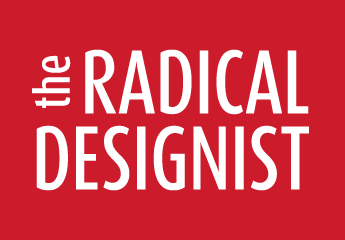Ana Glória NEVES, Emília DUARTE
UNIDCOM, IADE — Creative University
Abstract
The aim of this paper is to present a reflection about the potentiality and interest of Virtual Reality (VR) for innovation in the Basic Design education. Basic Design is about affording meaningful learning experiences to the newly arrived design students while introducing the design fundamentals. Without approaching real design problems, but abstract phenomena creation, Basic Design allows unique opportunity for self-expression and discovery. At a present course named 3D Design Lab, different construction principles provide combinatory training for generation and transformation of surfaces/patterns, volumes and spaces, according to the transformative geometry. Abstract forms manually crafted at hand scale foster a methodology for structure complexity while developing an aesthetic-projective attitude. In this context, several challenges faced by the students, such as bonding with the abstract forms; imagining different possible applications for them in the real world; and others, can be overcome within the alliance with VR. This technology is also known for promoting a sense of presence that positively affects the designer in the creative process, improve spatial visualization and, in certain conditions, enhance students learning outcomes. As discussed further, VR might impact positively the teaching and learning experiences at the course, and hence, Basic Design. Consequently, we will present the origins, utility and main theoretical concepts of Basic Design and 3D Design Lab, as well as introduce VR, its main advantages and inconveniences. Finally, possible ways of using VR in Basic Design education are advanced, from a conceptual point of view, hoping to motivate the research community for further study this possibility.
Senses & Sensibility 2015 Special Issue | February 2016 Edition | 03/08

